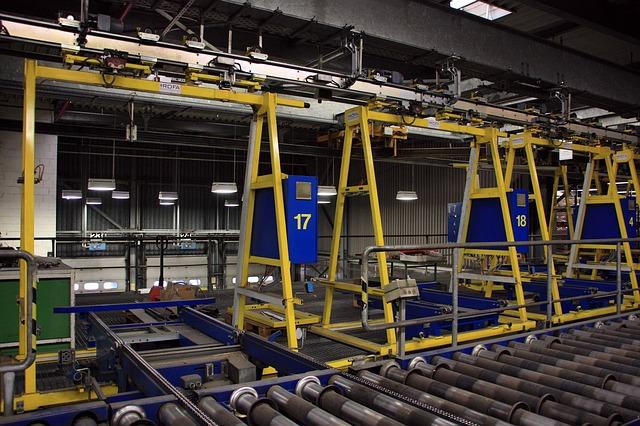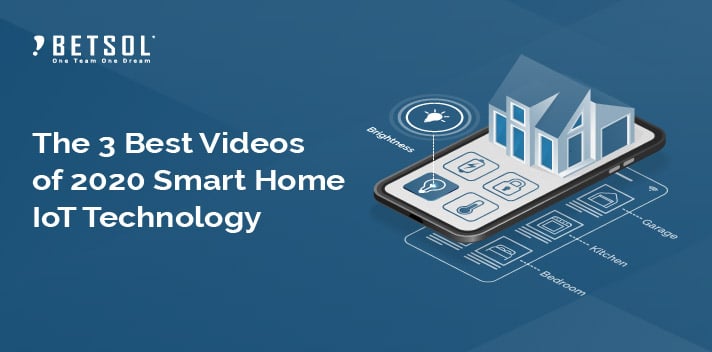Over the last few weeks, I’ve taken deep dives into how IoT (connectivity and Big Data) is completely changing different industries and sectors. While many areas are still fairly green to IoT, the Manufacturing Sector is blowing them all out of the water.
Here’s a look at 5 expert views on the 4th industrial revolution – IoT in Manufacturing.
“The Fourth Industrial Revolution is an era of automation, constant connectivity, and accelerated change, in which the Internet of Things meets the Smart Factory.” – Arianna Huffington – Huffington Post
What you’ll find here is though Manufacturing IoT is much more mature than other sectors/industries, the opportunity is still absolutely massive.
Here are some key opportunities and roles that make up this landscape:
- Business requirements – what problems do manufactures need to solve? What problems can they solve? Consultants here will likely be able to paint broader visions than manufacturers themselves.
- Transport and sensor technology – a provider of the sensor and connectivity technology is an obvious must. Manufacturers will leverage lightweight, highly specific technology to enable sensors and connectivity throughout their entire environment.
- Integrator – once you have sensors and connections throughout your environment, there is significant work to integrate this new flow of data back into the existing environment and likely new systems. This is a highly customized step specific to each company and will be a key to competitive advantage.
- Big Data, analytics, and data scientists – as data is collected and successfully moved into company systems, the value is still minimal. At this point, the value comes out of how successfully the company can analyze, apply statistical models, and draw value-add conclusions from the data. Again, excelling here will provide a competitive advantage.
- Process specialists and cultural champions – as data is extracted, findings are realized, and conclusions are made, it’s time to drive change throughout that company’s manufacturing processes…both human and machine. As you’ll see below, the human factor is seen as a major–and often under-appreciated–aspect. Six Sigma, Lean, and consultants with a manufacturing pedigree as gold here.
Alright, with that said, here’s some awesome supporting information and data on the Manufacturing IoT space. This information is tough to find elsewhere and comes from experts and detailed market studies.
1. The Manufacturing Market is Exploding
- “Until recently, most mainstream media coverage of IoT has been focused on smart homes and wearables. However, the real future in this space, and where analysts believe IoT is expected to have a larger impact, is in the manufacturing, oil and gas and utility sectors — also referred to as the Industrial Internet of Things or IIoT.” [3]
- “Increase in IoT technology and big data in manufacturing industries will have an impact on the growth of the cloud-based manufacturing market. Globally, cloud technology is set to be one of the key elements for manufacturing firms to increase their business activities and reduce operational costs.” [1]
- “The market is expected to grow at a CAGR of 22.9% during the period 2016-2022 to touch an aggregate of $131.15 billion by 2022.” [1]
- “Americas is the leading region for cloud-based manufacturing followed by Europe and the Asia Pacific. The US, Canada, Mexico, and Brazil countries are expected to support the Americas’ market growth. The Asia Pacific holds handsome business opportunities in the cloud-based manufacturing market.” [1]
- “Manufacturers are continuing to adopt the smart devices in their business (internal and external) and raising the spending on cloud technology, IoT technology, Big Data, etc…”
2. How Manufacturers are Using IoT
- “Though machine automation has been around for quite some time, it’s apparent that IoT is much more than simple automation. The future of IoT will actually predict and automate the entire decision-making process and lead companies to an unprecedented level of efficiency.” [3]
- “Whether a solution incorporates predictive maintenance abilities, increased efficiency, and effectiveness of production, or system integration and asset management, the overarching goal is to make manufacturers more efficient and better at what they do.” [3]
- According to O’Reilly’s David Stephenson, technology at GE and at similar manufacturers has resulted in innovations never before realized. “The Internet of Things promises to eliminate massive information gaps about real-time conditions on the factory floor that have made it impossible to fully optimize production and eliminate waste in the past,” he says. Forbes – How The Internet of Things is Transforming Manufacturing
- Decrease Downtime. “By identifying potential problems before they occur, IoT can minimize and even eliminate downtime, especially important where risks to product quality are imminent, and replacement costs for machinery are prohibitively high.” [4]
- Improve Production Efficiencies. “By facilitating Overall Equipment Effectiveness (OEE) and Total Effective Equipment Performance (TEEP), IoT can help boost production increases and long-term savings.” [4]
- Decrease Failure Rates. “No amount of production efficiency is worth it if a product isn’t safe and must be recalled. Through the use of IoT in maintenance, teams can be alerted to potential weaknesses well in advance of machinery break-down.Intrusiveness. Preventive maintenance can involve disassembling/reassembling of machinery, which weakens systems and increases the potential for breakdown. IoT can facilitate predictive maintenance, which can reveal system or component health in real-time, without compromising the lifespan of systems and machinery.” [4]
3. The Payback of IoT Investments are Strong
- “Executives in the industrial manufacturing sector are reporting the largest increase in revenue from IoT, with an average of 28.5 percent.” [2]
- “Company executives still see the IoT as a growing area for businesses, with 12 percent identifying a planned spend of $100 million in 2015 and 3 percent looking to invest a minimum of $1 billion among the 795 companies surveyed.” [2]
- “Companies predict their IoT budgets to continue increasing year-on-year, with spending expected to grow by 20 percent by 2018 to $103 million.” [2]
4. Challenges of IoT in Manufacturing
- “Corporate culture: Respondents identified the ability to get employees to change the way they think about customers, products and processes was a major barrier.” [2]
- “Leadership: Having top executives who believe in IoT and are willing to invest time and resources is critical” [2]
- “Technology: Questions around technology continue to loom large including handling Big Data; internal vs external development; integrating IoT data with enterprise systems, and ensuring security and reliability.” [2]
5. Keys to Successful Deployment of IoT and Manufacturing
- “As IoT in manufacturing becomes more commonplace, customizability will be the key. Companies and manufacturers that create future-focused IoT solutions will continue to stay ahead of competitors in their respective industries.” [3]
- “The ability for solutions to remain agile will ultimately deliver the best IoT connectivity and create seamless, device intelligence.” [3]
Conclusion
There is a TON of opportunity for many players in this picture. And there is a tremendous business case for manufacturers. This is exciting for everyone involved. But absolutely…this is a revolution.
What opportunities have I missed?
Sources
[1] Worldwide cloud-based manufacturing market is expected to reach $131.15 billion by 2022; finds a new report. (2016, Aug 05). M2 Presswire
[2] Over 80 percent of companies increased revenue by investing in the internet of things: TCS study. (2015, Jul 22). M2 Presswire
[3] Spina, G. (2016). Manufacturing an IoT strategy for success. Manufacturing Business Technology
[4] LeBeau, C. (2016). The health of manufacturing is back — thanks to technology.Manufacturing Business Technology
[embedit snippet=”after-article-getresponse”]



